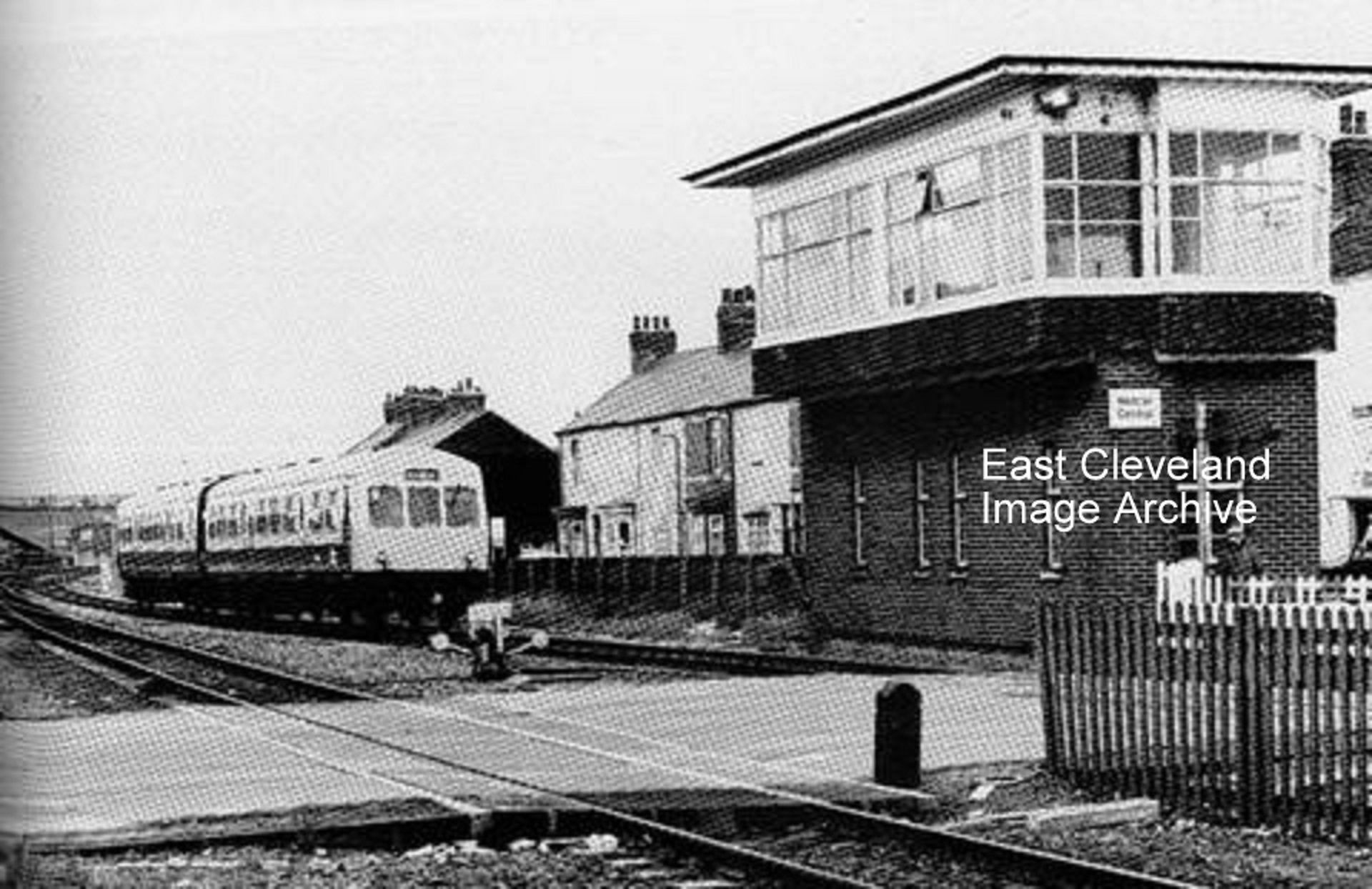
A view of a Class 101 DMU approaching Redcar in the early 1980s; a previous poster had added the comment ”I hated these smelly, noisy, uncomfortable, draughty things – it made the bus worthwhile – and a car inevitable. I notice that this is before Redcar Central Station became a business park and the railway became single track.” Tom Sayers has replied with: ”These DMU1s were very comfortable and not at all draughty. This track is not, and never has been single track.”
Image courtesy of Russ Pigott and many thanks to Tom Sayers for rectifying the errors in posting.
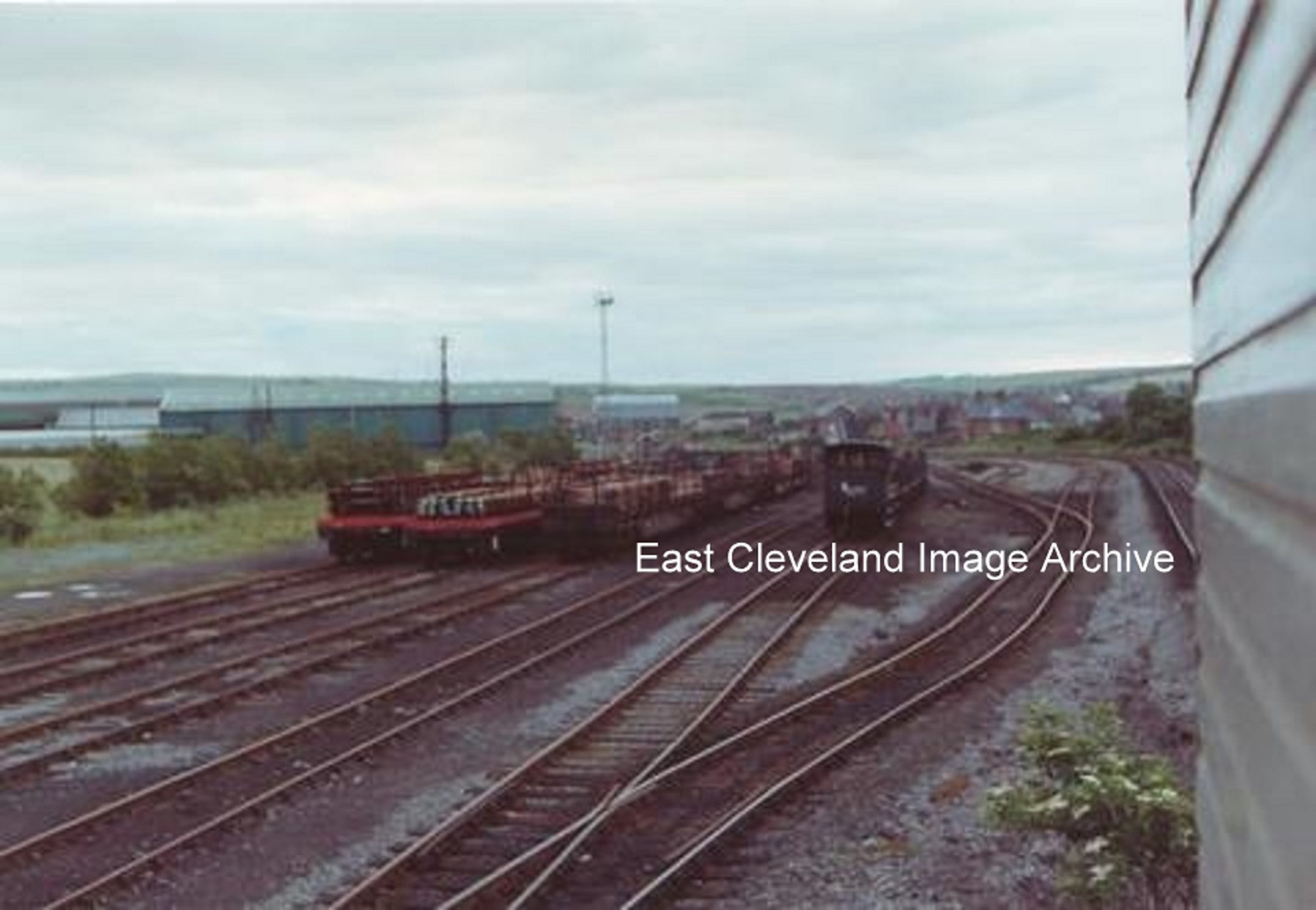
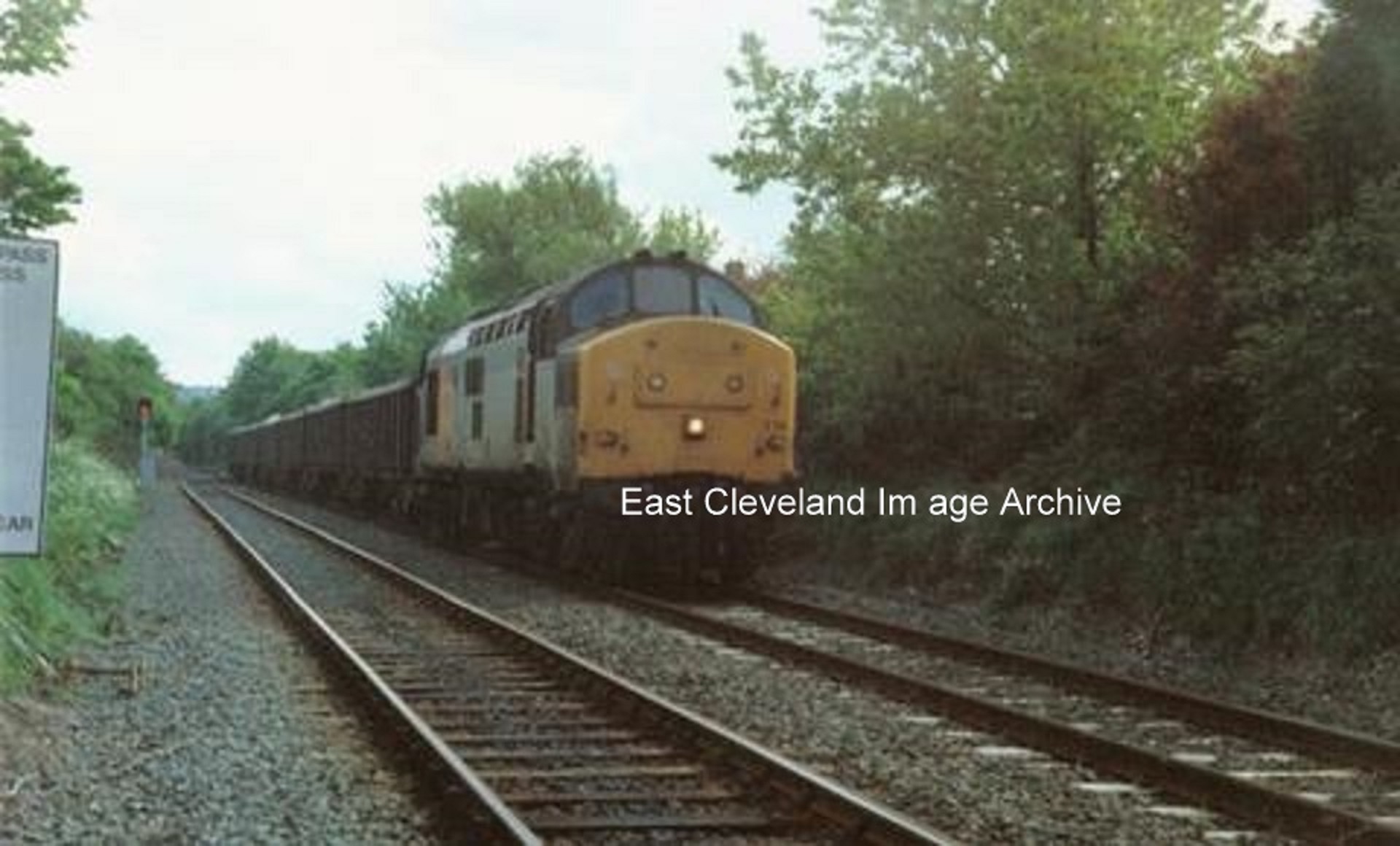
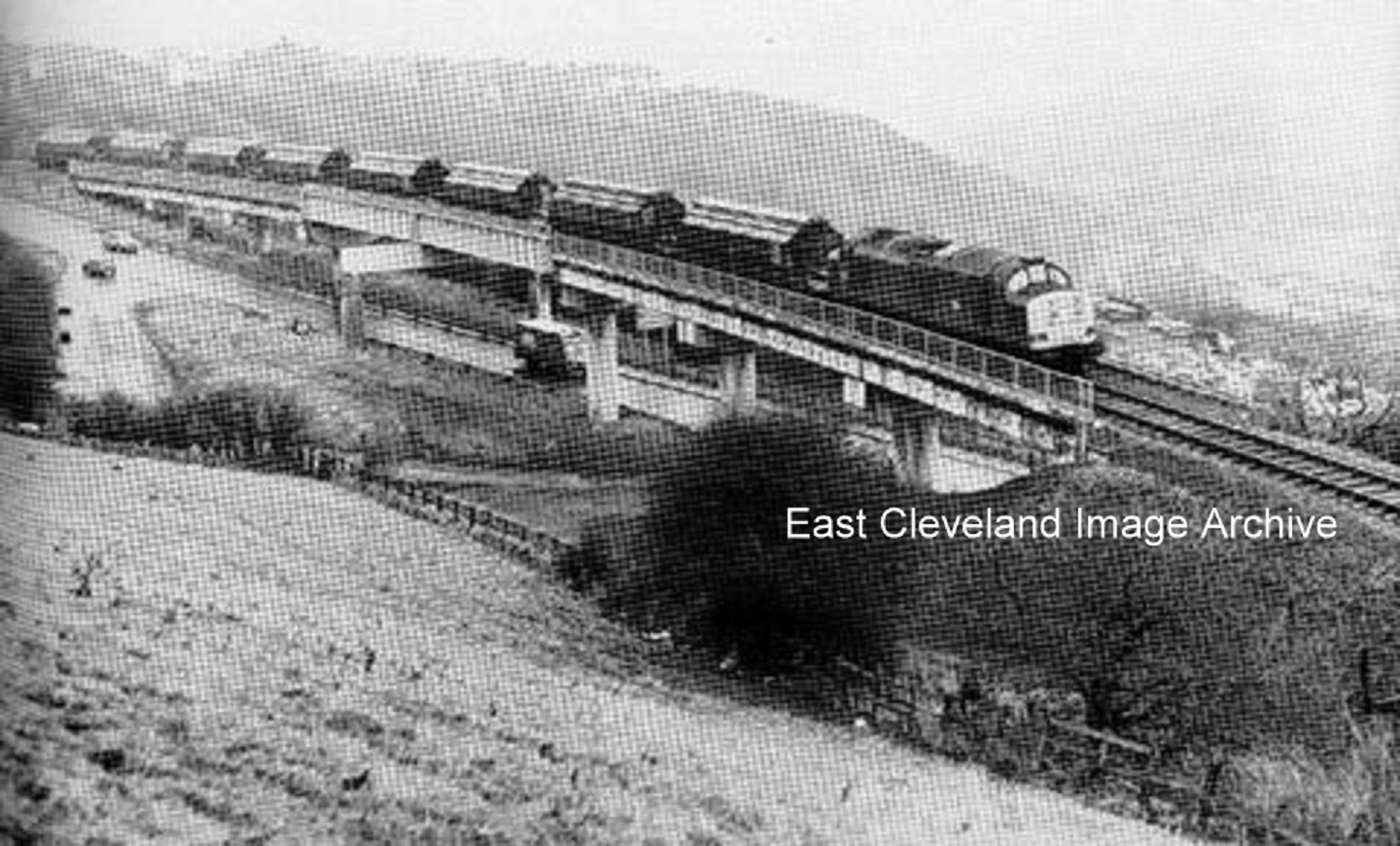
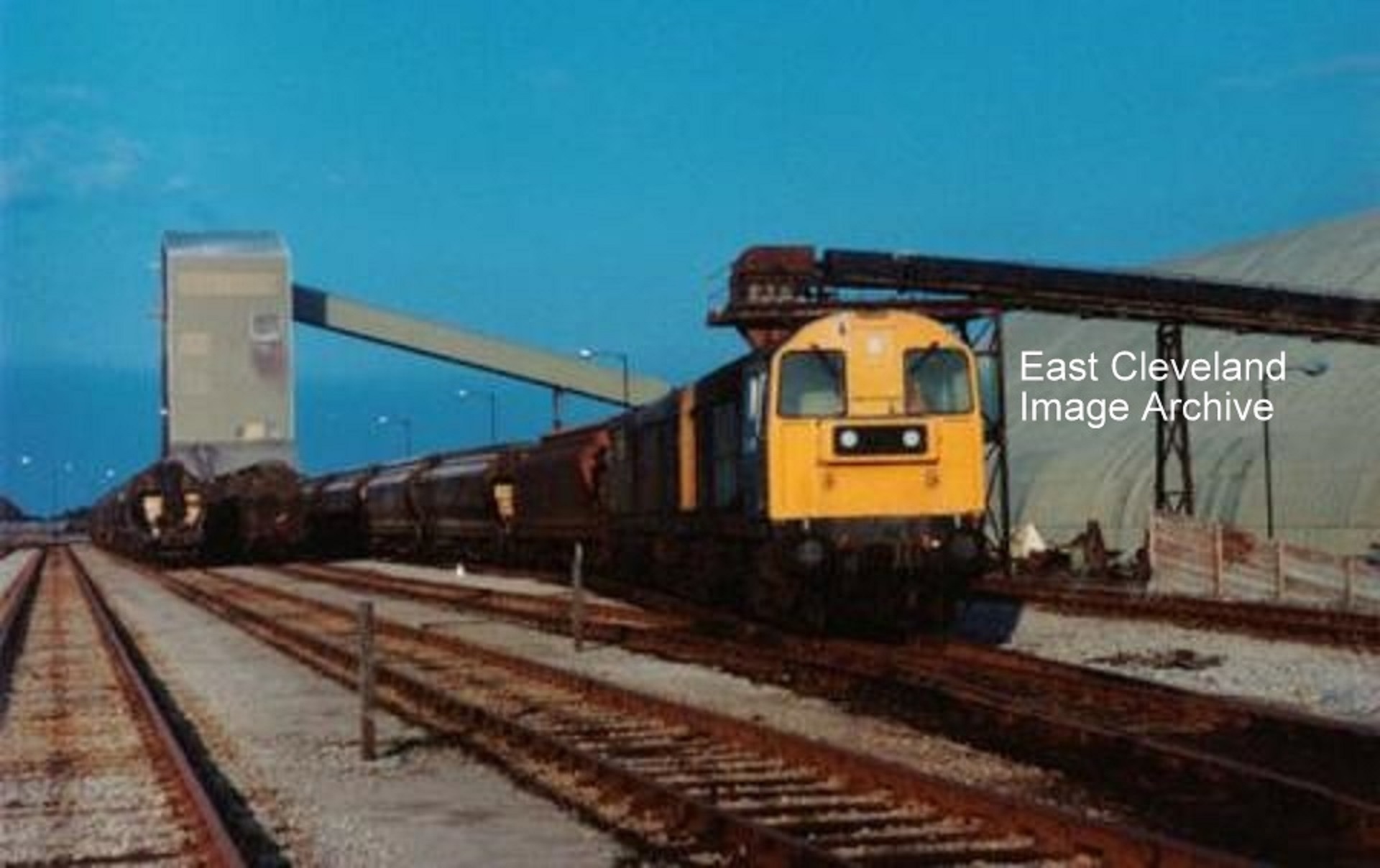
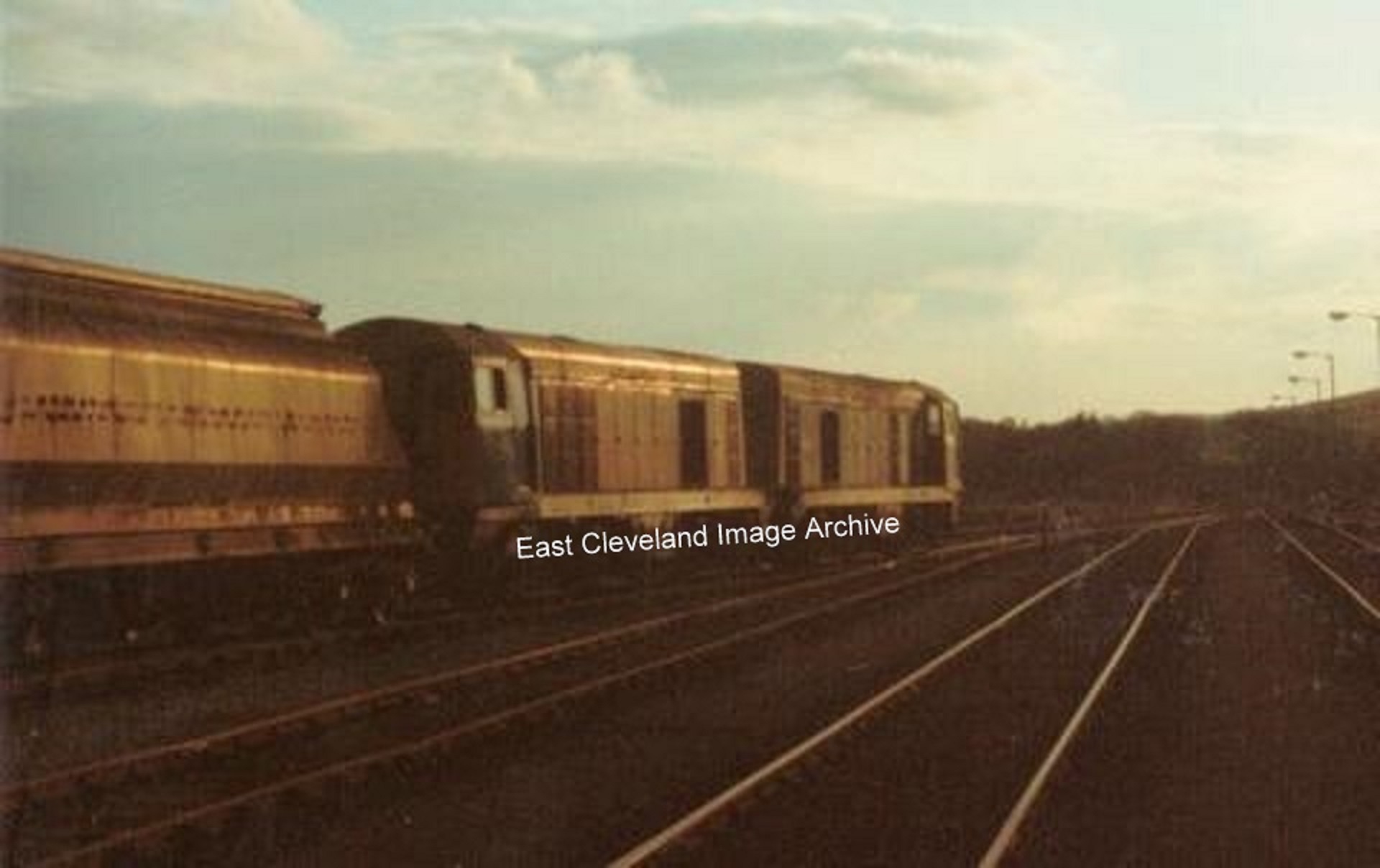
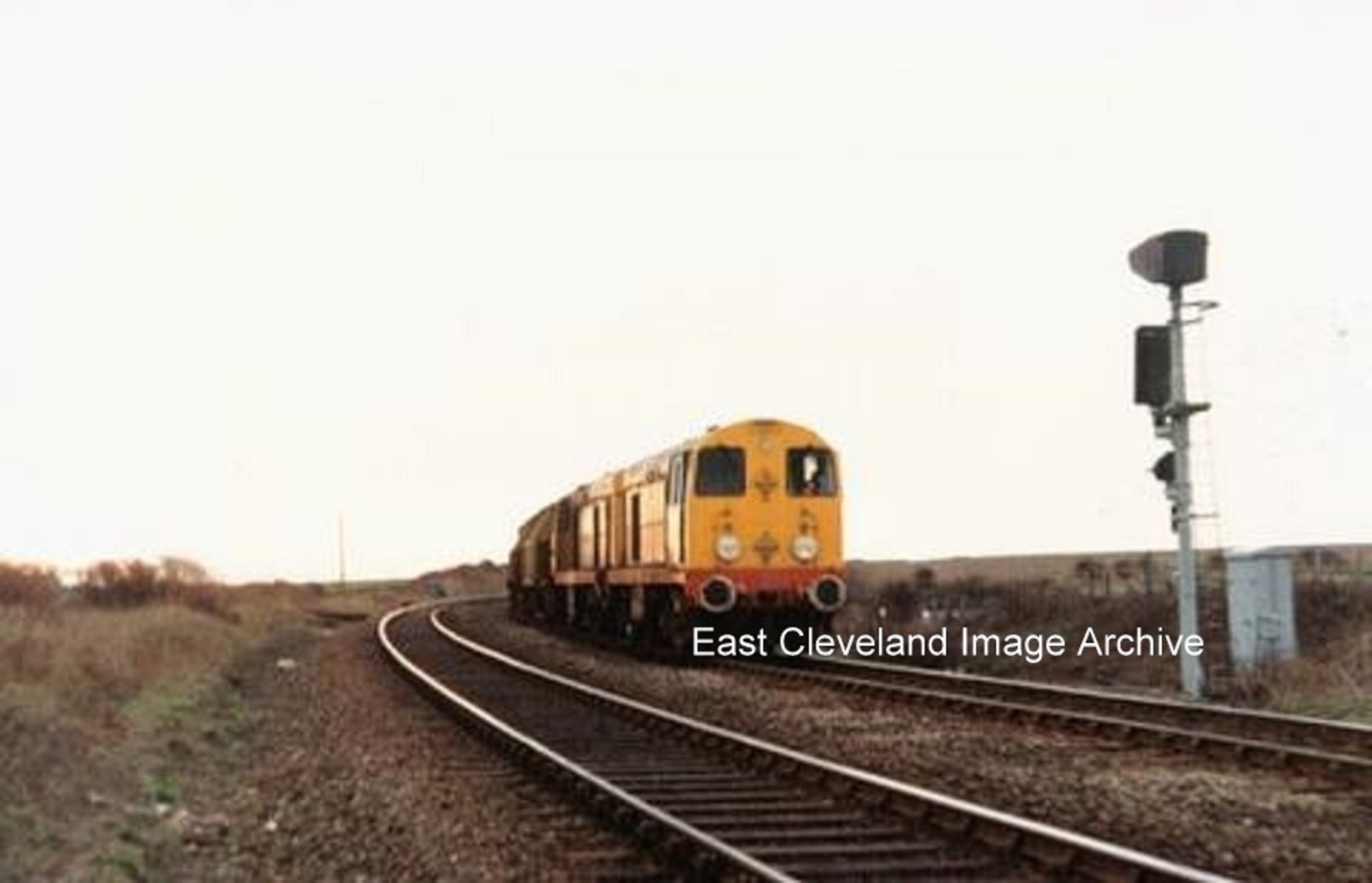
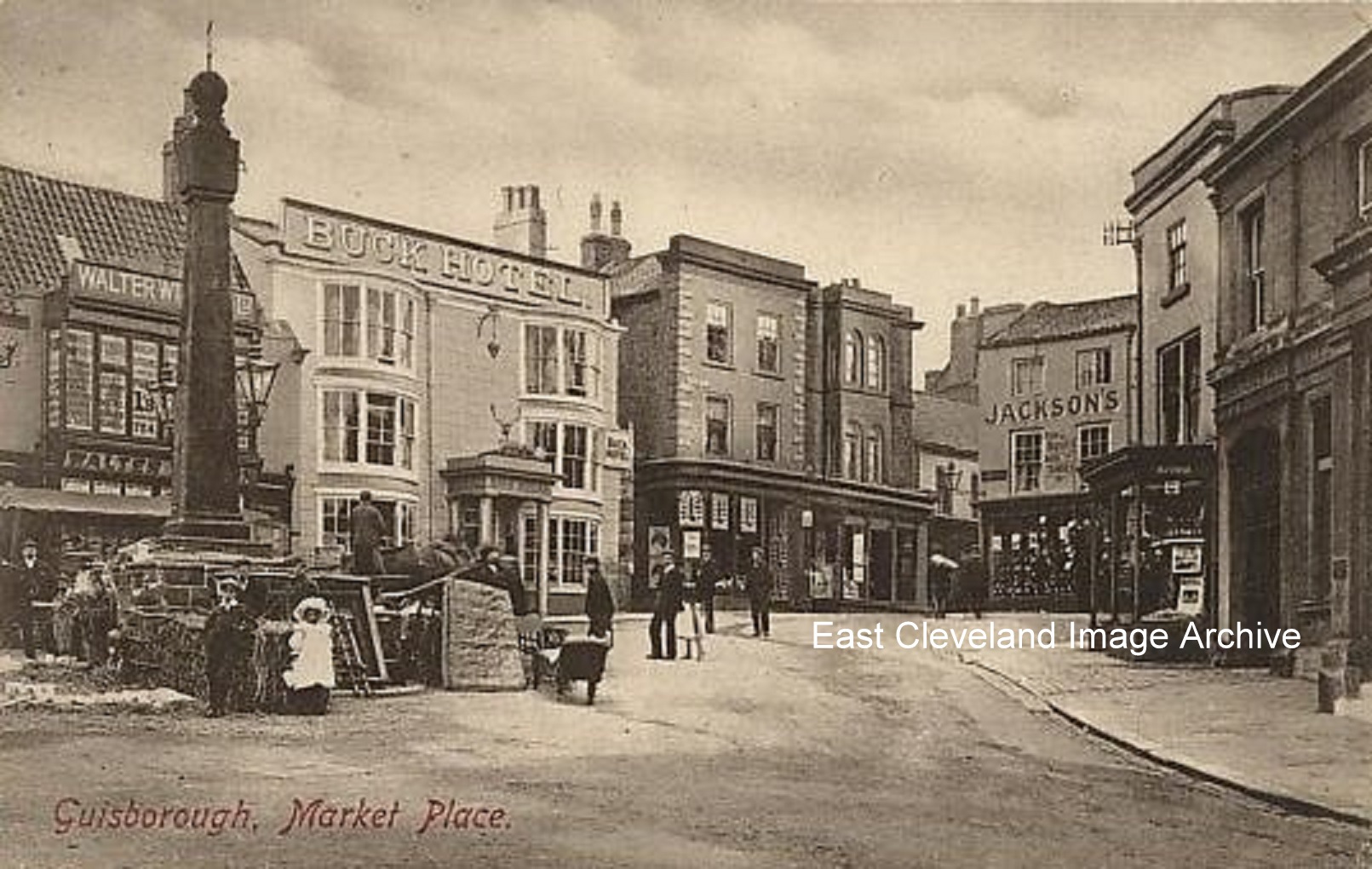
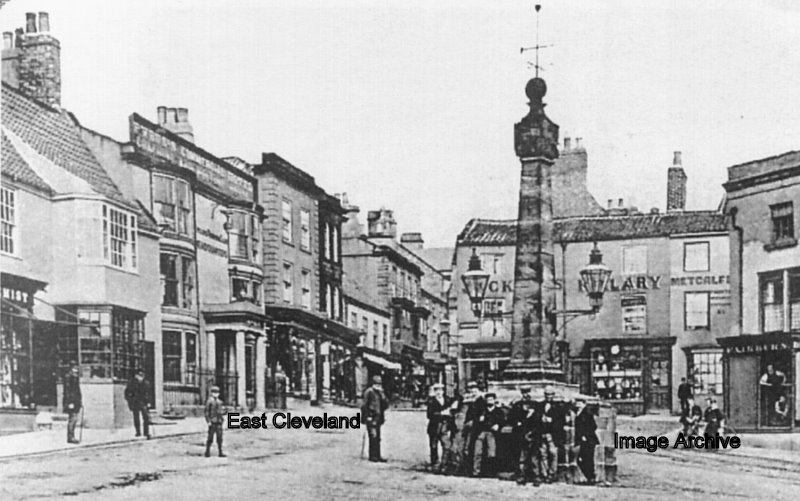
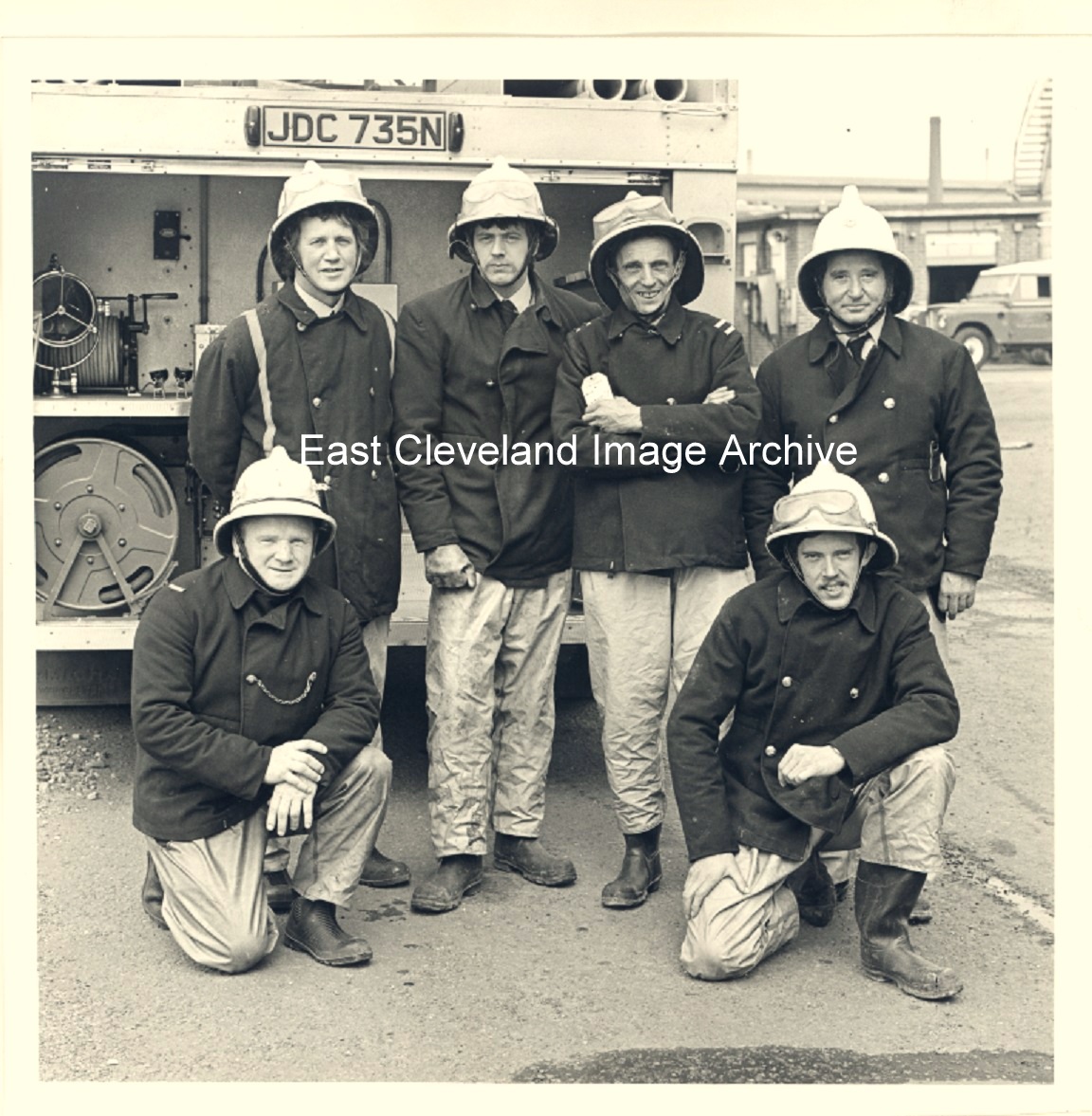
Recent Comments